How long, how far should we polish a text? What’s the moment when we lose touch with the reality we tried to apprehend? As one may want his or her writing more elegant, simpler, tighter, at which stage of the re-writing is the connection lost?
Picasso created a series of 11 lithographs in 1945, titled "Bull." Step by step, through each plate, steadily analyzing the elements, Picasso purifies the drawing to its most essential representation. From realism to abstraction.
Picasso starts by dissecting the bull in search of its structure, meaning the musculature and the bones. Then, he outlines each part into simplified geometrical forms. At this point, the bull is still recognizable. Picasso continues, but this time, he alters the proportions. Some he shrinks, others he enlarges. He erases parts, extends a few ones. As a consequence, a new balance appears, a creative relationship among the lines. But to say the truth, little one, we don’t see the bull anymore.
After plate V, we have the presentiment it’s an animal, but a bull? No.
The drawings remain of interest, but if the goal is to convey the message of a bull, there is indeed a place in the series of plates where that message disappears, replaced by a new one, that portrayed by modern art, or cubism, or aesthetic theories.
But it’s no longer about the bull.
Is it possible that art starts after Picasso’s fourth plate? When the bull vanishes, leaving the entire place to Picasso’s vision. The plates V to XI could therefore solely be about Picasso, not his subject.
The problem exists with writing. As well as with life.
How much should I edit my thoughts, my feelings? How far should I go, as I examine and reconfigure how I reacted throughout the day? As I displace emotions and comments into a new (writable) equilibrium? As I counterbalance perceptions to match what I remember of facts and events? As I retell myself my daily stories, summarizing them into what I believe is their essence?
I flatten some aspects, reconstruct others, perhaps even shift the focus as I try to emphasize a particular idea. I distort the picture of the history I want to record so to arrive at an image that would reveal the basic traits that I've envisioned for it. With each intervention, I alter the chronology, even the script. I modify conversations. The roles. The nature of the characters. The sequence and amplitude of their gestures.
If I repeat the process often enough, there’s a moment, a place, where my own bull is eclipsed by the process itself.
That’s exactly where I’m no longer telling you, my dear, about what I've encountered, heard, saw, experienced. I’m simply capturing the tenuous line of transubstantiation.
Possibly, that’s also where I’ve stopped telling, period, doing something else instead.
And by the same occasion, I’ve lost sight of you. You are no longer the reader. The bull I meant to share with you is gone. I’ve crossed into another dimension where the reader is impersonal. Also an abstraction, reduced to its essence.
It is always, you must believe me, a very difficult choice. I’ve never solved that divide.
Derrida spoke of langue and parole. The written, the spoken. Where do I stand? Is there a difference that won’t collapse? If so, what should I choose? Should I sacrifice you? Can I live with your absence? Can the writing have a level of meaning more important than the one given by your mind?
I repunctuate, add or delete commas, question hyphens, ellipses, watch out for typos, tickle syntax, constantly wondering whether thoughts should be quoted verbatim, raw, in the act. If not, how much paraphrasing of my own impressions should I allow? Can I transcribe diction? To what extent? What if an emoticon is more adequate than a word? What would a copy/paste from my mind to the screen look like? What is it to become an architect of style like Picasso was for the bull?
Would I lose the bull forever and does it matter?
And will you still be there, my loved one, at the end of that transfigured line? Will you follow it? Will you find me in it?
I never know what is important: The bull itself, its stature, strength, the very shapes that give it power? Or a carefully planned abstract contour that would tell of my most inner fiction born an eternity ago from the project of a bull?
And what is it that you need, sweet one? If only I knew.
Picasso said: "A picture used to be a sum of additions. In my case a picture is a sum of destructions."
One moment, you see me clumsily attempt to draw a bull. At another, you look at me taking it apart, ripping its sense. Rewriting its nature until unidentifiable, unsure about what to call what is left to see.
How dangerous is this for both of us? If only I knew.
Love, Laolao
Picasso created a series of 11 lithographs in 1945, titled "Bull." Step by step, through each plate, steadily analyzing the elements, Picasso purifies the drawing to its most essential representation. From realism to abstraction.
Picasso starts by dissecting the bull in search of its structure, meaning the musculature and the bones. Then, he outlines each part into simplified geometrical forms. At this point, the bull is still recognizable. Picasso continues, but this time, he alters the proportions. Some he shrinks, others he enlarges. He erases parts, extends a few ones. As a consequence, a new balance appears, a creative relationship among the lines. But to say the truth, little one, we don’t see the bull anymore.
After plate V, we have the presentiment it’s an animal, but a bull? No.
The drawings remain of interest, but if the goal is to convey the message of a bull, there is indeed a place in the series of plates where that message disappears, replaced by a new one, that portrayed by modern art, or cubism, or aesthetic theories.
But it’s no longer about the bull.
Is it possible that art starts after Picasso’s fourth plate? When the bull vanishes, leaving the entire place to Picasso’s vision. The plates V to XI could therefore solely be about Picasso, not his subject.
The problem exists with writing. As well as with life.
How much should I edit my thoughts, my feelings? How far should I go, as I examine and reconfigure how I reacted throughout the day? As I displace emotions and comments into a new (writable) equilibrium? As I counterbalance perceptions to match what I remember of facts and events? As I retell myself my daily stories, summarizing them into what I believe is their essence?
I flatten some aspects, reconstruct others, perhaps even shift the focus as I try to emphasize a particular idea. I distort the picture of the history I want to record so to arrive at an image that would reveal the basic traits that I've envisioned for it. With each intervention, I alter the chronology, even the script. I modify conversations. The roles. The nature of the characters. The sequence and amplitude of their gestures.
If I repeat the process often enough, there’s a moment, a place, where my own bull is eclipsed by the process itself.
That’s exactly where I’m no longer telling you, my dear, about what I've encountered, heard, saw, experienced. I’m simply capturing the tenuous line of transubstantiation.
Possibly, that’s also where I’ve stopped telling, period, doing something else instead.
And by the same occasion, I’ve lost sight of you. You are no longer the reader. The bull I meant to share with you is gone. I’ve crossed into another dimension where the reader is impersonal. Also an abstraction, reduced to its essence.
It is always, you must believe me, a very difficult choice. I’ve never solved that divide.
Derrida spoke of langue and parole. The written, the spoken. Where do I stand? Is there a difference that won’t collapse? If so, what should I choose? Should I sacrifice you? Can I live with your absence? Can the writing have a level of meaning more important than the one given by your mind?
I repunctuate, add or delete commas, question hyphens, ellipses, watch out for typos, tickle syntax, constantly wondering whether thoughts should be quoted verbatim, raw, in the act. If not, how much paraphrasing of my own impressions should I allow? Can I transcribe diction? To what extent? What if an emoticon is more adequate than a word? What would a copy/paste from my mind to the screen look like? What is it to become an architect of style like Picasso was for the bull?
Would I lose the bull forever and does it matter?
And will you still be there, my loved one, at the end of that transfigured line? Will you follow it? Will you find me in it?
I never know what is important: The bull itself, its stature, strength, the very shapes that give it power? Or a carefully planned abstract contour that would tell of my most inner fiction born an eternity ago from the project of a bull?
And what is it that you need, sweet one? If only I knew.
Picasso said: "A picture used to be a sum of additions. In my case a picture is a sum of destructions."
One moment, you see me clumsily attempt to draw a bull. At another, you look at me taking it apart, ripping its sense. Rewriting its nature until unidentifiable, unsure about what to call what is left to see.
How dangerous is this for both of us? If only I knew.
Love, Laolao




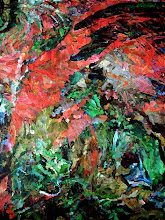
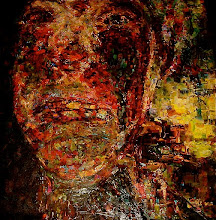
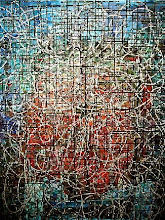
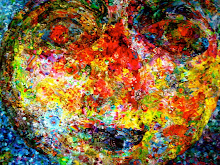
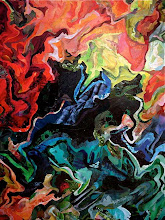

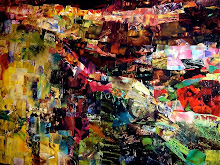
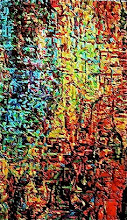

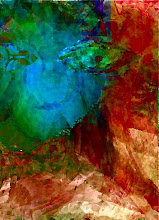.jpg)

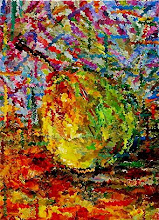

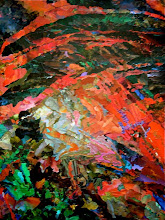
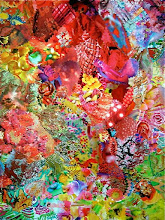
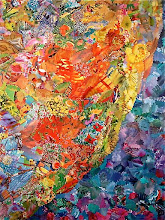
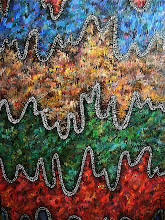
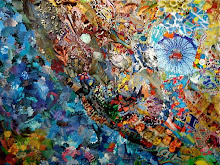

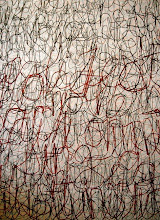
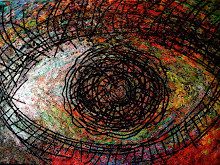
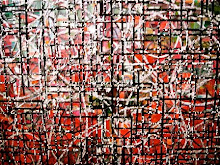
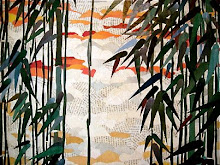
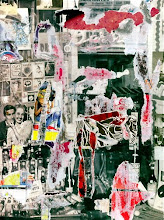
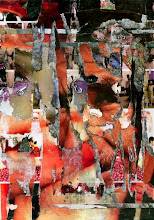
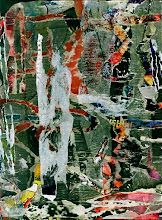



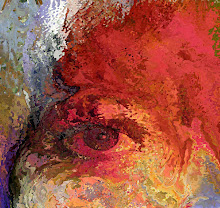
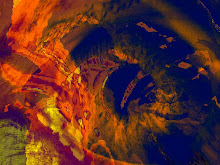
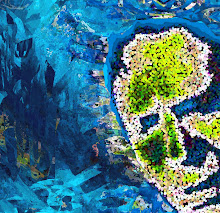
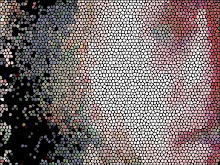.jpg)

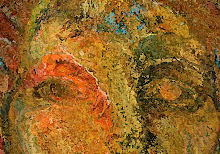
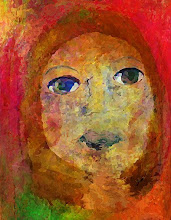.jpg)
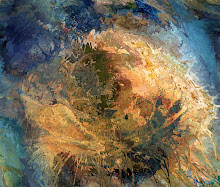
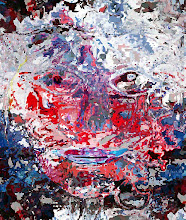
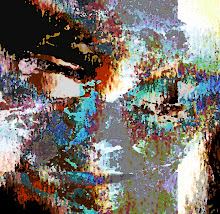
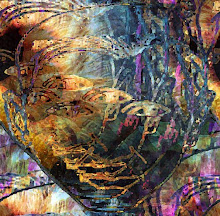


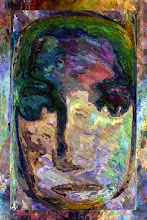photo+album).jpg)
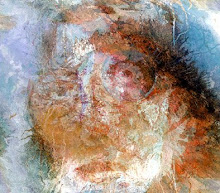.jpg)
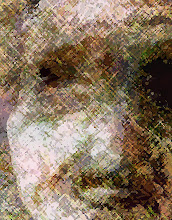
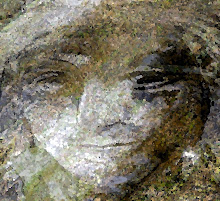
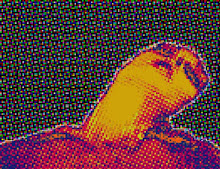
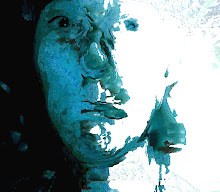
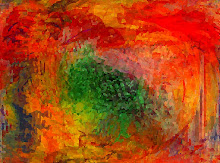





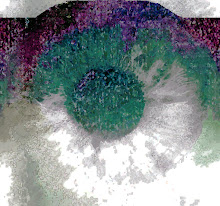
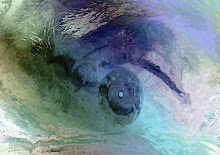

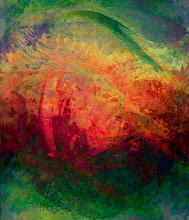

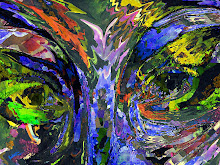
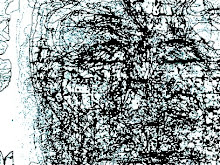.jpg)
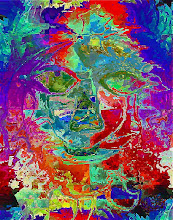

No comments:
Post a Comment